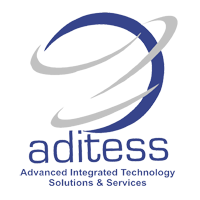SPEAKER: Roberto Bruschi, CNIT
The INPUT project is targeting fog computing paradigms by exploiting ICT installation at the Telcos’ network edge. The main motivation is the increasing virtualization trend, with an ever larger number of applications and services moved to the cloud, and the difficulty to meet stringent QoS constraints for interactive and multimedia applications. As a matter of fact, latency and bandwidth are key factors for applications like voice and video services, on-line gaming, grid protection, trading, remote control.
INPUT focuses on a specific use case, namely the creation of personal network services. Following the trend to move applications to the cloud, even traditional home devices could be (at least partially) virtualized, leaving only simpler hardware at home. Several reasons motivate this approach: more computation/storage resources available, more flexibility in upgrading the application, less energy consumption at home. In this respect, this Use Case represents an evolution of the Home Gateway virtualization already envisioned by telecoms and the ETSI NFV framework. The Personal Network is a very challenging service, since the end user must have the feeling his devices are still functioning locally, with negligible latency.
To implement Personal Network services, INPUT is defining an execution environment at the network edge. The execution environment provides virtualization capabilities (both as IaaS and PaaS) in order to run Service_Apps, and exploits in-network programmability (through SDN/NFV) to create the correct resource slicing. The main INPUT feature is the capability to follow the user, by moving his Service_Apps close to his current point of attachment to the network. The INPUT orchestrator is responsible to decide which applications should move, in order to avoid bandwidth wasting.
As part of the project activities, INPUT is developing OpenVolcano, a complete virtualization framework including the capability of providing virtual computing, storage and networking, a high-performance virtual switch based on DPDK, and an SDN controller.
Two challenging use cases have already been identified to demonstrate the INPUT framework. The first concerns IoT: simple sensors are deployed at home, while their management/processing software is deployed as virtual instance at the network edge and data are stored in a legacy cloud. The second concerns the virtualization of set-top-boxes: video is decoded at the network edge and the stream is directly sent to network-attached TVs. In both cases the purpose is to show how the INPUT framework enables service providers to design their (Personal Network) services, to deploy the service for each users, and to achieve very low-latency performance.









